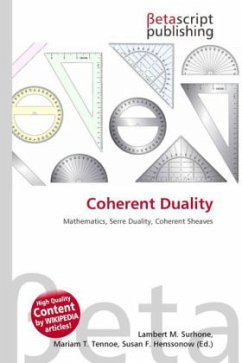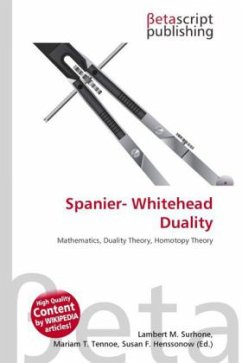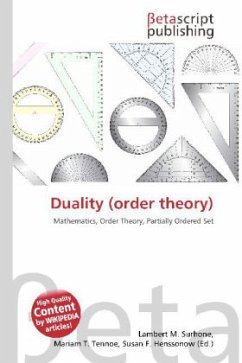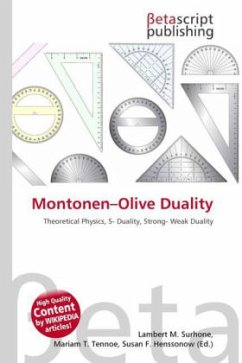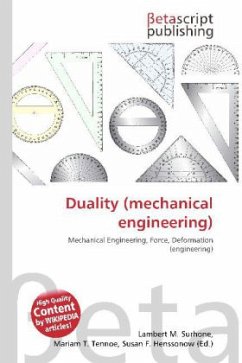Please note that the content of this book primarily consists of articles available from Wikipedia or other free sources online. Coherent duality in mathematics refers to a number of generalisations of Serre duality, applying to coherent sheaves, in algebraic geometry and complex manifold theory, as well as some aspects of commutative algebra that are part of the ''local'' theory. The historical roots of the theory lie in the idea of the adjoint linear system of a linear system of divisors in classical algebraic geometry. This was re-expressed, with the advent of sheaf theory, in a way that made an analogy with Poincaré duality more apparent. Then according to a general principle, Grothendieck''s relative point of view, the theory of Jean-Pierre Serre was extended to a proper morphism; Serre duality was recovered as the case of the morphism of a non-singular projective variety (or complete variety) to a point. The resulting theory is now sometimes called Serre-Grothendieck-Verdierduality, and is a basic tool in algebraic geometry. A treatment of this theory, Residues and Duality (1966) by Robin Hartshorne, became an accessible reference. One concrete spin-off was the Grothendieck residue.
Bitte wählen Sie Ihr Anliegen aus.
Rechnungen
Retourenschein anfordern
Bestellstatus
Storno

